2T-Traffic Calming Design
The objectives of traffic calming include reducing speeds, promoting safe conditions, improving the environment, improving real and perceived safety, and discouraging use of residential streets by cut through traffic. Traffic calming can reduce accidents, collisions, noise, vibration, pollution and crime.
Description:- The Institute of Transportation Engineers (ITE) defines traffic calming as “changes in street alignment, installation of barriers, and other physical measures to reduce traffic speeds and/or cut-through volumes, in the interest of street safety, livability, and other public purposes.”
The objectives of traffic calming include reducing speeds, promoting safe conditions, improving the environment, improving real and perceived safety, and discouraging use of residential streets by cut through traffic. Traffic calming can reduce accidents, collisions, noise, vibration, pollution and crime.
European traffic calming began as a grassroots movement in the late 1960’s. Angry residents of the Dutch city of Delft fought cut through traffic by tuning their streets in to woonerven, or “living yards.” This was followed by the development of European slow streets (designed for 20 mph) in the late 1970’s.
In the U.S., a version of traffic calming was practiced as early as the late 1960’s and early 1970’s in such places as Berkeley, California and Seattle, Washington.
The Institute of Transportation Engineers (ITE), the international associates that represents traffic engineers, transportation planners and similar professionals who plan and design roads and neighborhoods, has defined traffic calming as “changes in street alignment, installation of barriers, and other physical measures to reduce traffic speeds and or cut-through volumes, in the interest of street safety, livability, and other public purposes.”
Traffic calming may also be known as neighborhood traffic management, traffic abatement or neighborhood traffic control. Definitions of traffic calming vary, but they all share the goal of reducing vehicle speeds, improving safety and enhancing quality of life. Some include all three “E’s,” traffic education, enforcement and engineering.
There are a variety of traffic calming measures available that can provide speed and/or volume control for collector and local streets. The cost of these measures varies dependent upon the amount of construction required for implementation.
Course Outline
This course will discuss the issue of traffic calming as it relates to traffic studies and plan design. It will provide the definition and objectives of traffic calming. The history of traffic calming will be discussed. Various traffic calming measures and their effectiveness will be presented. Advantages and disadvantages of the traffic calming measures will be included.
The Institute of Transportation Engineers (ITE), the international associates that represents traffic engineers, transportation planners and similar professionals who plan and design roads and neighborhoods, has defined traffic calming as “changes in street alignment, installation of barriers, and other physical measures to reduce traffic speeds and or cut-through volumes, in the interest of street safety, livability, and other public purposes.”
Traffic calming may also be known as neighborhood traffic management, traffic abatement or neighborhood traffic control. Definitions of traffic calming vary, but they all share the goal of reducing vehicle speeds, improving safety and enhancing quality of life. Some include all three “E’s,” traffic education, enforcement and engineering.
- Education provides neighbors with information about how they as motorists can help to ease traffic impacts in their community through changes in behavior/attitudes and informs them about neighborhood traffic management activities and opportunities.
- Enforcement enlists the assistance of the Police Department to focus enforcement efforts in key areas.
- Engineering encompasses both traditional traffic management measures as well as newer approaches, such as traffic calming.
All three are important components in dealing effectively with neighborhood and community-wide traffic issues. Most definitions focus on engineering measures to change driver behavior. Some focus on engineering measures that compel drivers to slow down, excluding those that use barriers to divert traffic.
The general objectives of traffic calming include the following:
- To encourage citizen involvement in the traffic calming process by incorporating the preferences and requirements of the citizens,
- To reduce vehicular speeds,
- To promote safe and pleasant conditions for motorists, bicyclists, pedestrians and residents
- To improve the environment and livability of neighborhood streets,
- To improve real and perceived safety for non-motorized users of the streets, and
- To discourage use of residential streets by non-resident cut through vehicular traffic.
Traffic calming can reduce accidents, collisions, noise, vibration, pollution and crime.
- Education provides neighbors with information about how they as motorists can help to ease traffic impacts in their community through changes in behavior/attitudes and informs them about neighborhood traffic management activities and opportunities.
- Enforcement enlists the assistance of the Police Department to focus enforcement efforts in key areas.
- Engineering encompasses both traditional traffic management measures as well as newer approaches, such as traffic calming.
- All three are important components in dealing effectively with neighborhood and community-wide traffic issues.
Most definitions focus on engineering measures to change driver behavior. Some focus on engineering measures that compel drivers to slow down, excluding those that use barriers to divert traffic.
| Learning Objectives | Objectives
|
|---|---|
| Contact Hours | 2 Horas |
| CIAPR courses | CURSO TECHNICO |
| Instructor | Debra Kennaugh, P.E. |
| Devices | Desktop, Tablet, Mobile |
| Language | English |
IACET ACCREDITED PROVIDER
|
Self Learning Solutions LLC is a company with more than 14 years of experience in this market. At Self Learning Solutions we are proud to have obtained the IACET accreditation for our organization, along with the approvals necessary to market our products throughout the United States. Self Learning Solutions is accredited by the International Association for Continuing Education and Training (IACET). Self Learning Solutions complies with the ANSI / IACET standard, which is recognized internationally as a standard of excellence in instructional practices. As a result of this accreditation, Self Learning Solutions is accredited to issue the CEU IACET. |
SLSTECH System Requirements
To run our system effectively you should, as a minimum, use the system components listed on this page. If you do not, the system may still work but some functionality may be lost. Workplace IT environments' internal configurations can also restrict the functionality of our system. Access to content may be affected, as may the possibility of uploading files. File size limitations may also apply. Workplaces may also have older versions of software, and our system may not perform well with these.
Operating system
-
Recommended: Windows 7, 10, Mac OSX Sierra, iPad IOS10
Internet speed
-
Use a broadband connection (256 Kbit/sec or faster—this will ensure that you can view videos and online presentations) through USB wireless modem, ADSL, T1/T2, fibre optic or cable.
-
Dial-up access will be significantly slower, and we do not recommend it for using our system.
Internet browsers
Compatible browsers include:
-
Google Chrome 32 bit version 50 or later (recommended for optimal compatibility, this has been thoroughly tested on Windows)
Safari 10 or later (recommended for optimal compatibility, this has been thoroughly tested on Mac)
Note that add-ons and toolbars can affect any browser's performance.
-
MS Internet Explorer is not recommended
Settings
We recommend that the following be enabled:
-
Cookies
-
Pop-ups (in both Internet browser and security software)
-
Javascript
-
We recommend that you use the latest version of Adobe Flash Player.
Software
-
We recommend that you use the latest version of Adobe Acrobat Reader.
-
To view all the resources uploaded to Hazmat Authority, you will probably need to have Microsoft Office (Word, Excel, PowerPoint) or an equivalent (e.g. Open Office, Viewer) installed.
Security
With all firewalls, ensure that you enable uploading of files.

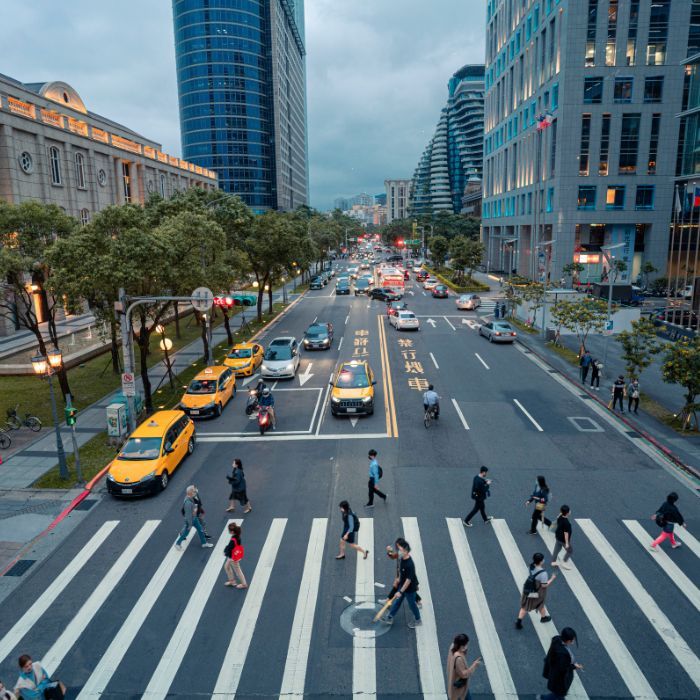
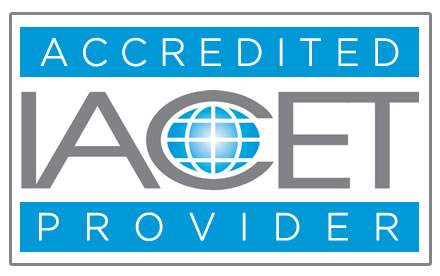

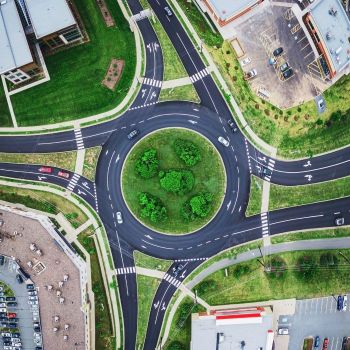
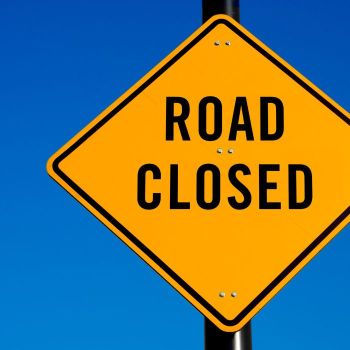
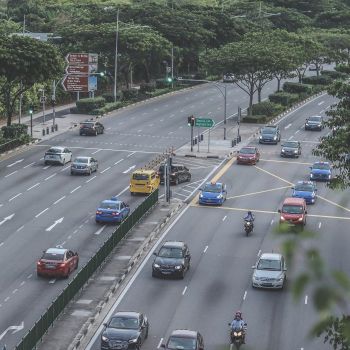
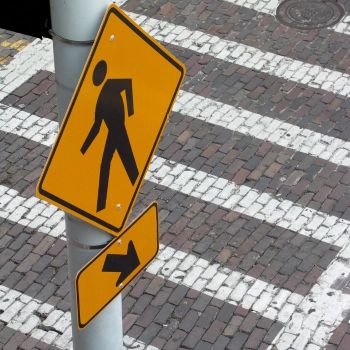
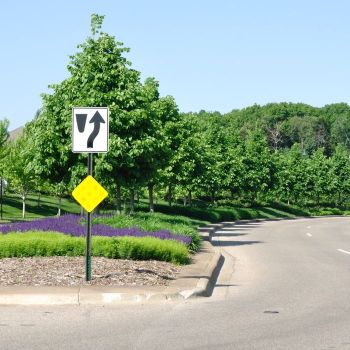

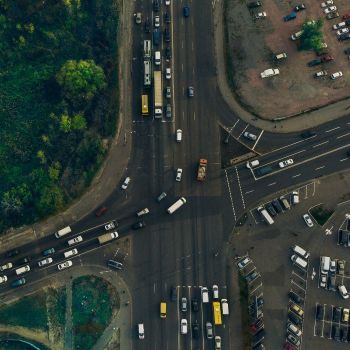

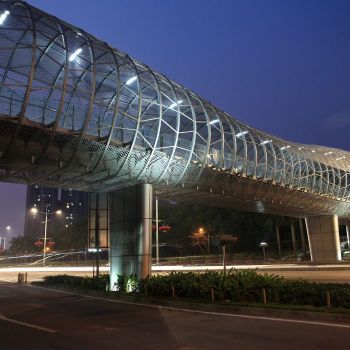

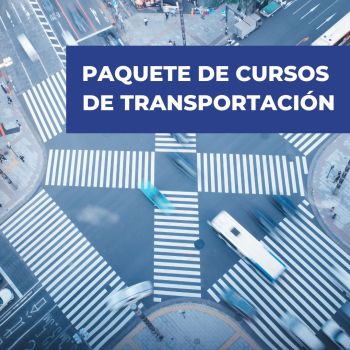
Validate your login
Sign In
Create New Account